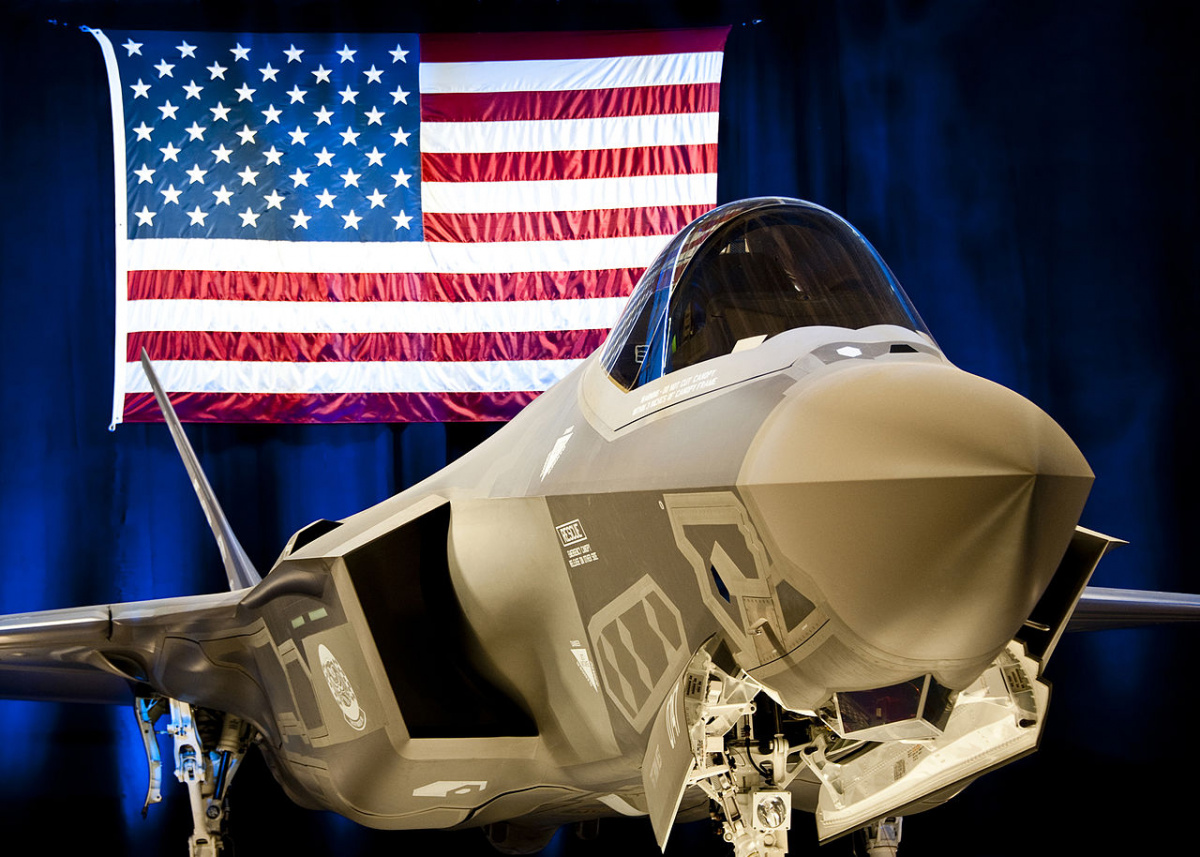Golez: Here's an excerpt from this interesting article on how the US master plan on how to conduct a war vs. Russia and/or China:
"When faced with adversaries who seemed able to match or counter U.S. military-technological superiority, the Department of Defense began an intensive effort to invest in a new generation of capabilities designed to restore U.S. military preeminence or overmatch. This effort was labeled the Third Offset Strategy in recognition of two prior technology investment strategies that had, or so it was asserted, successfully countered advances in Soviet military capabilities.
"The first two offset strategies were designed with a particular adversary in mind, the Soviet Union and its allies, with a specific problem to overcome: a rapid conventional offensive against the North Atlantic Treaty Organization (NATO) in Europe backed up by the threat of nuclear escalation. The first offset strategy was the widespread nuclearization of the U.S. military as a way of cost-effectively countering the massive Soviet/Warsaw Pact advantage in conventional forces. Once the Soviet Union achieved strategic nuclear parity with the U.S., the first offset strategy was rendered moot.
"U.S. Defense planners then invested in stealth, precision navigation and targeting, and airborne intelligence, surveillance and reconnaissance to defeat Russian conventional forces. The best-known element of this second offset strategy was the AirLand Battle concept which sought to employ U.S. ground forces to fix advancing Soviet formations while airpower conducted deep strikes, including by early stealth aircraft, intended to disrupt the Soviet offensive.
"Today, Russia and other near-peers and regional adversaries have invested in a series of capabilities, tactics, techniques, and organizations designed to counter perceived U.S. and NATO military-technical advantages and support their own strategies for rapid, non-nuclear, offensive warfare. It became evident that the U.S. military needed new capabilities and concepts of operation.
"In 2014, the Department of Defense announced the Defense Innovation Initiative intended to develop a set of advanced capabilities that would constitute the core of the Third Offset Strategy. The centerpiece of the effort is a new Long-Range Research and Development Planning Program that helps identify, develop, and field breakthroughs in the most cutting-edge technologies and systems, especially in the fields of robotics, autonomous systems, miniaturization, big data and advanced manufacturing, including 3-D printing.
"Unfortunately, the current drive to create the Third Offset Strategy is little more than a technological wish list. What made the first two offset strategies successful was the ability of technologists and military planners to select from advancing science and technology a set of capabilities and operating concepts specifically targeted at the problem of countering Soviet advantages in force size, geography and timing of an attack. These were efforts in applied rather than experimental science.
"While the emerging threat is technologically more sophisticated than that which the U.S. military faced during the Cold War, it is operationally and quantitatively much more limited. Russia has sufficient forces to threaten its nearest neighbors conventionally, but not the means to march to the Atlantic. China can fight for the so-called first island chain and maybe contest the second, but cannot dominate East Asia. The strategic problem the Third Offset Strategy must address is how to counter the limited offensive capability of prospective adversaries who will be operating under an umbrella of so-called anti-access/area denial (A2/AD) systems designed to deter or degrade U.S. and allied responses.
Golez: The F-35 JSF in the forefront of the new weapons systems:
"Fortunately, many capabilities for a credible third offset strategy already exist. The U.S. and a number of its NATO allies are acquiring the stealthy F-35 Joint Strike Fighter (JSF). With its advanced sensor suite, electronic warfare systems, ability to share information, and precision weapons, the JSF will create an entirely new kind of air warfare environment. It is no accident that the first U.S. Air Force F-35As were deployed this week to the United Kingdom and Marine Corps F-35Bs are in the Western Pacific. It will be transformational when the fifth-generation F-35 is able to “talk” to other aircraft, particularly fourth-generation fighters.
Golez: Plus defense against missiles such as AEGIS and the THAAD now in South Korea:
"Another potential element in a third offset strategy is robust air and missile defenses, both strategic and theater, to counter the threat posed by prospective adversaries’ growing stockpiles of ballistic and cruise missiles and strike aircraft. China, Russia, North Korea, and Iran are relying on massive initial salvoes of ballistic and cruise missiles in the opening minutes to shape the course and outcome of a future conflict with the West.
"As the Israeli Defense Forces have demonstrated, missile defenses can be employed preferentially, confronting an attacker with a difficult strike planning problem. The U.S. already is deploying a set of advanced tactical and theater air and missile defenses, including Aegis Ballistic Missile Defense with the Standard Missile 3 aboard surface ships and ashore in Europe and the Theater High Altitude Area Defense system in South Korea.”
The U.S. Military’s Master Plan to Fight Russia and China in a War Is Already Here

No comments:
Post a Comment